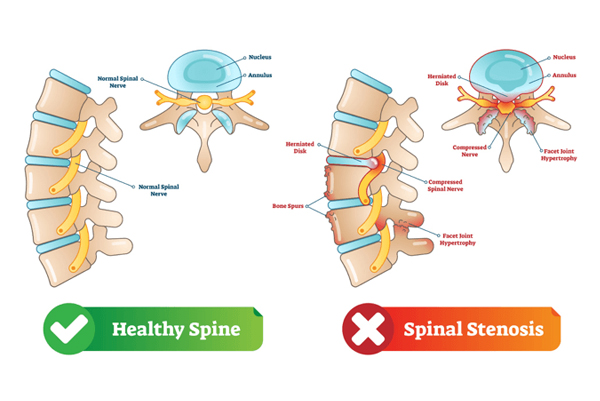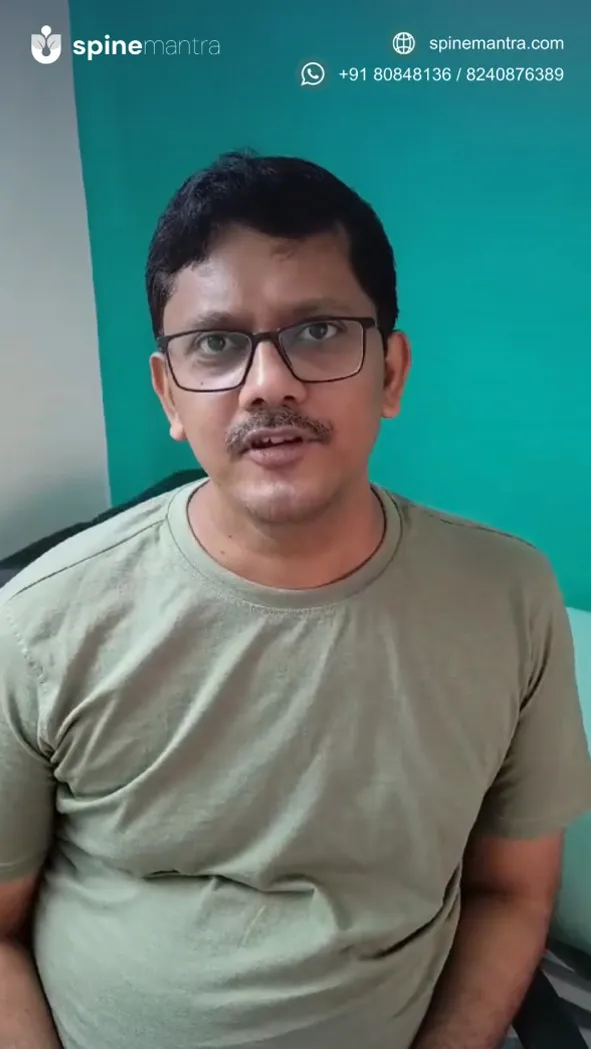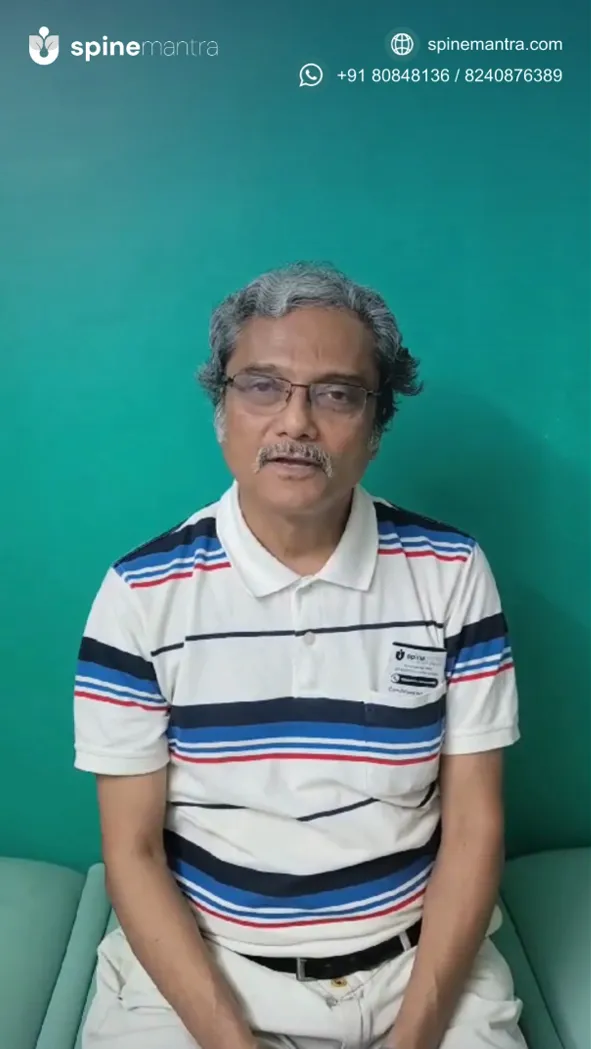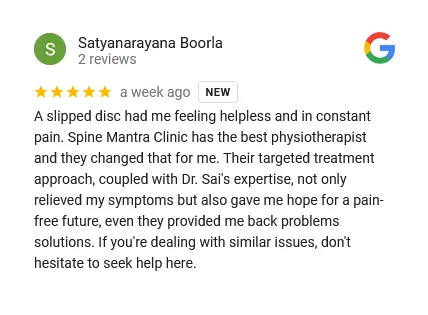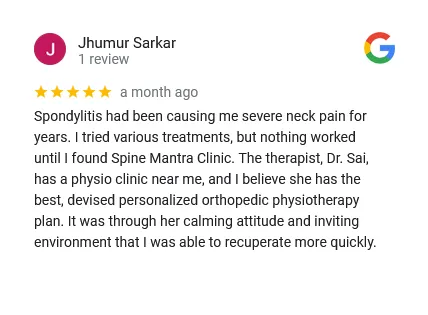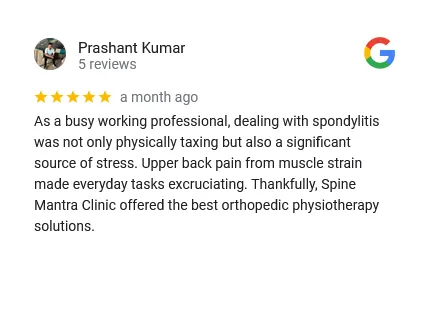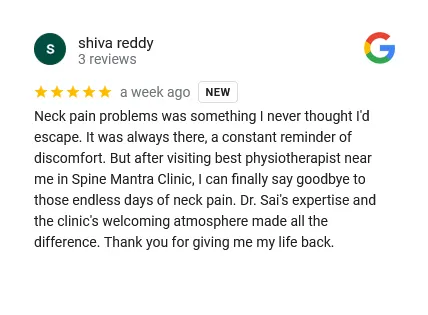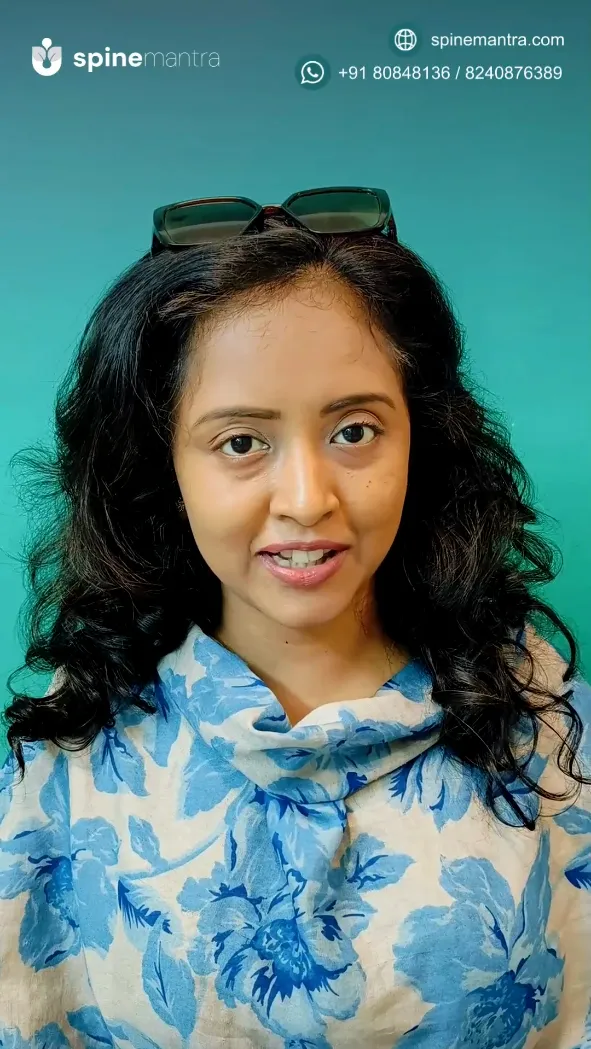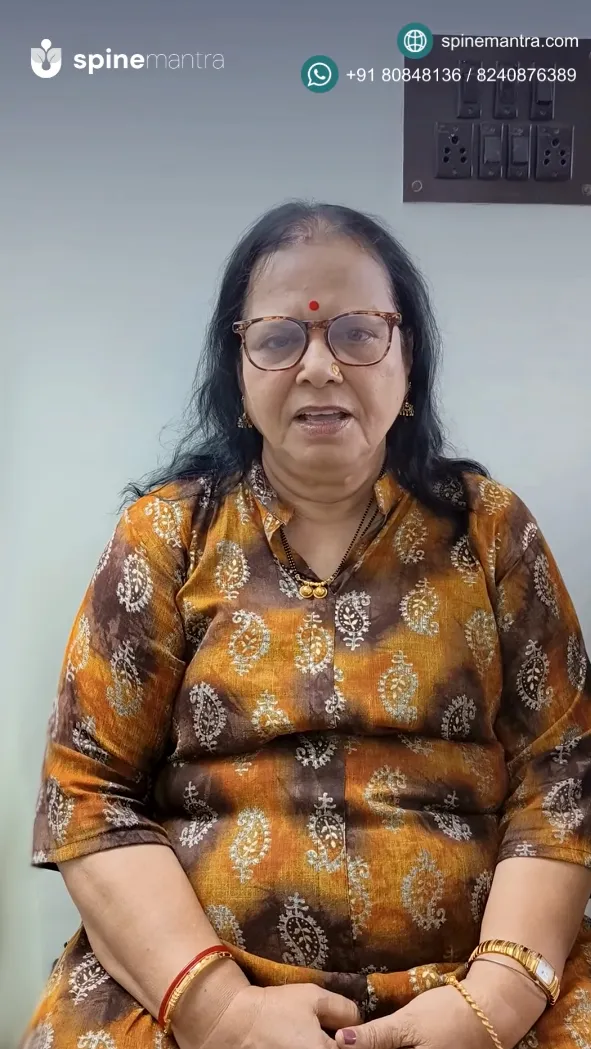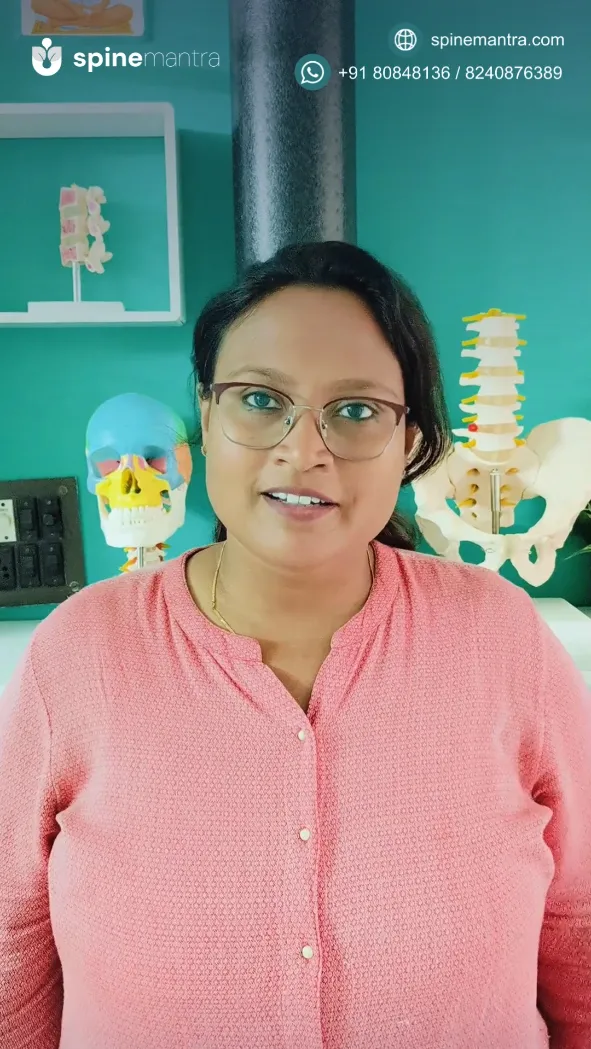Cervical Spinal Canal Treatment
Narrowing of the cervical spinal canal leads to debilitating symptoms
Request an AppointmentCervical spinal canal is one of the most normal disorders. It develops within the cervical spinal canal and typically occurs in aged people. With age, the canal containing the spinal twine may also grow to be smaller. There may be extended pressure at the spinal twine and the nerves roots.
This situation may be due to numerous causes that are as follows: degenerative sickness inside the spine, trauma or backbone harm, congenital anomaly and tumor or cyst. The effects of this circumstance may be excessive. This may also bring about the improvement of signs and symptoms that are so intense that they restrict the capability of a person to steer an everyday life.
Based on studies it’s widely believed that upto three-five% of people older than 50 years are bound to have this situation. This is generally attributed to the damage and tear that includes growing older which reasons the spinal canal to lower in length. It exerts greater pressure on the spinal cord in addition to nerve roots.
Causes
- Disc Herniation: A situation where the tender inner gel of a spinal disc pushes through its tough outer layer, compressing nearby nerves and inflicting pain, numbness, or weakness.
- Osteophyte Formation: Also referred to as bone spurs, those are bony growths that broaden on the edges of bones, regularly because of arthritis, causing pain and restricting motion after they press on nerves or spinal systems.
- Ligament Thickening: Ligaments across the backbone may also thicken and stiffen over the years, frequently due to age-associated adjustments or spinal degeneration, mainly to decreased flexibility and capability nerve compression.
- Spinal Injuries or Trauma: Damage to the backbone resulting from injuries, falls, or physical influences can bring about fractures, dislocations, or nerve harm, mainly to pain, loss of characteristic, or paralysis.
- Congenital Narrowing of the Spinal Canal (Spinal ): A situation at beginning wherein the spinal canal is abnormally narrow, mainly to compression of the spinal cord and nerves, causing ache, numbness, or motor deficits.
- Space-Occupying Lesions (Tumors or Cysts): Abnormal growths like tumors or cysts within the spinal canal can compress nerves or the spinal twine, inflicting pain, weakness, or neurological symptoms relying on their location and size.
Symptoms
- Neck Pain: Discomfort or pain localized within the neck region, often due to muscle strain, disc issues, or nerve compression, which could affect mobility and quality of existence.
- Numbness: Sensory disturbances resulting from nerve compression in the cervical spine, frequently resulting in lack of sensation or energy within the affected limbs.
- Difficulty with Fine Motor Skills: Challenges in performing specific actions, consisting of buttoning a shirt or writing, regularly due to nerve impairment affecting hand coordination and dexterity.
- Impaired Reflexes: Reduced or absent reflex responses, indicating nerve compression or harm that disrupts regular neurological features.
- Balance and Coordination Problems: Difficulty keeping stability or coordinating actions, commonly due to spinal cord compression that impacts indicators between the brain and limbs.
- Bladder or Bowel Dysfunction (Severe Cases): Loss of manipulation over bladder or bowel capabilities, a severe symptom indicating good sized spinal wire compression requiring instant scientific attention.
Treatment
Our Objectives
- Enable the patient to make changes that would reduce her reliance with clinicians and medication.
- Offer right information and advice.
- Prevent future relapses.
Cervical spinal canal treatment, at SpineMantra, we aim to help the patient become as independent from clinicians and medicines as possible. Thus we use the Mckenzie method which is clinically proven to offer personalized treatment procedures.
The treatment process starts with the assessment of the patient’s condition with a focus to diagnose their medical state properly. Hence, we obtain specific data about the current state of affairs, which worsens or ameliorates the outlook, and any previous pathologies. For definite findings, our clinicians proceed by administering physical examination, where kinesthesia, contour, flexibility, and sensation are assessed.
According to the Mckenzie method, we do repeated or sustained movement testing to categorize the patient’s symptoms. This assessment enables us to identify the direction of movement that is least uncomfortable and used to design the most suitable intervention plan.
Also, extensive importance is paid to the patient's education and self-care during the treatment. Staff and the physicians explain and encourage the patient to assume an active role in his or her recovery and prevention of future relapse with details on applicable postural changes, particular exercises, and recommended lifestyle changes to cope with the problem.
Diagnosis
- Detailed Patient History
The course of conducting a diagnostic is initiated by the patients’ interview to obtain comprehensive information about the patient’s health. We enquire with the patient regarding the current complaints, past history of trauma or other medical conditions, occupation, any other information. This helps in excluding any major health complications that might be assumed to be causing the symptoms and hence treat this condition appropriately.
- Physical Examination
After the history has been taken down, most of our clinicians proceed to perform a physical assessment. This involves evaluation of motor abilities of the patient such as the position they adopt, the flexibility they display and the neurological health. Thus if we pay close attention to the patient’s movements and reflexes then one can easily know the areas that need attention most in order to plan well on the next course of action.
- Imaging Tests
Sometimes, we may refer patients for other imaging studies including X-ray or MRI to get a better idea of the physical state of the spine of a patient. Such imaging procedures facilitate our ability to display any form of structural distortions or pathologies that may reside within the cervical spinal canal to explain the patient’s signs and symptoms.
Why Spine Mantra is the Right
Fit for This Disease
Personalized
Care
Benefit from a tailored treatment plan to address your needs and challenges.
Proven
Results
SpineMantra boasts an overwhelming success rate in treating lower back pain, evidenced by countless success stories.
Non-Invasive
Approach
Embrace an approach that prioritizes alternatives to surgery, providing practical solutions without invasive procedures.
Team of
Doctors
Meet our dedicated team of experienced physiotherapists and spine health specialists committed to your well-being.
From Pain to Power Stories of Healing
Explore the Real Experiences of Spinemantra Patients on
Their Spine Health Journey
FAQ
Spine Mantra specializes in providing comprehensive treatment for a myriad of spine-related conditions. Whether you're dealing with chronic back pain, sciatica, spondylitis, or various other spinal issues, our experienced team of professionals is dedicated to addressing your specific needs through both online and offline therapy services.
Our online therapy services at Spine Mantra leverage cutting-edge technology to offer virtual consultations with our highly skilled medical professionals. Through these virtual sessions, we aim to provide you with the same level of expert guidance and care as you would receive during an in-person visit, all from the comfort of your own home.
Offline therapy involves hands-on, in-person sessions conducted at our clinic, allowing for direct physical interaction between our specialists and patients. On the other hand, online therapy utilizes virtual consultations and guided exercises to deliver effective treatment remotely, providing a convenient alternative for those unable to visit our clinic in person.
Yes, online therapy at Spine Mantra includes a comprehensive assessment process that enables our specialists to provide accurate diagnoses. This involves a thorough examination of your symptoms, medical history, and virtual evaluations to create personalized treatment plans tailored to your specific condition.
Absolutely. We've designed our online therapy services to be just as effective as in-person sessions. Through virtual consultations, personalized exercise plans, and ongoing guidance, we ensure that you receive the same level of expertise and care regardless of your physical location.
Scheduling an online therapy session is easy and convenient. You can book your virtual consultation through our user-friendly website or by contacting our clinic directly. We offer flexible appointment times to accommodate your schedule.
